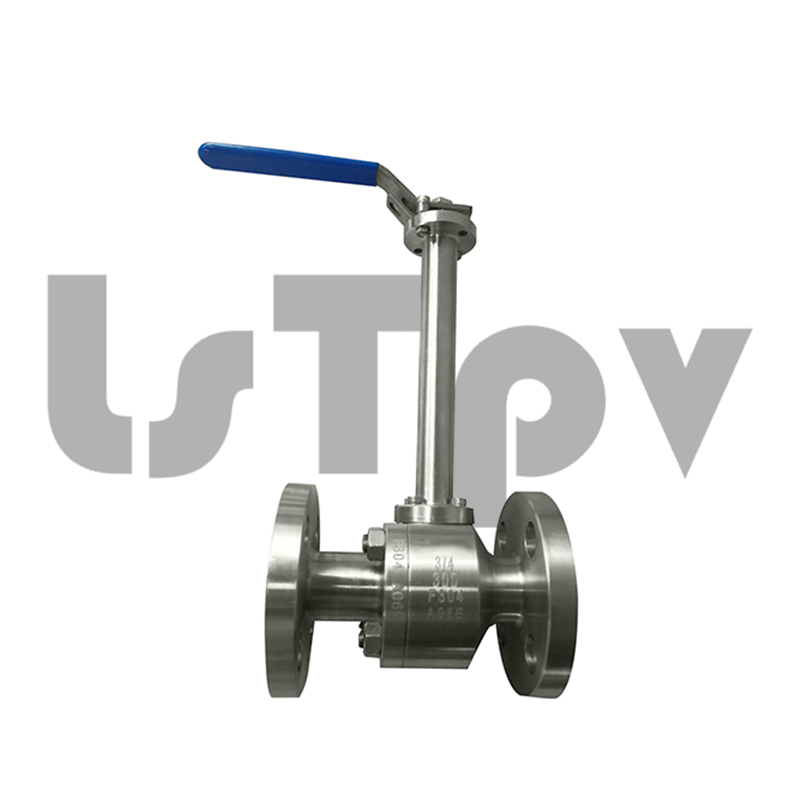Choosing the Right Cryogenic Valve for Industrial Processes
Introduction
In today's rapidly evolving industrial landscape, the demand for efficient and reliable cryogenic processes is higher than ever. Whether you're working in the fields of energy, pharmaceuticals, or manufacturing, choosing the right cryogenic valve is crucial to ensure seamless operations. This guide will walk you through the essential considerations and provide valuable insights to help you make informed decisions.
Choosing the Right Cryogenic Valve for Industrial Processes
When it comes to handling cryogenic fluids and gases, the selection of the appropriate valve is paramount. These valves are designed to withstand extreme temperatures and maintain optimal performance in demanding conditions. Let's delve into the key factors to consider:
Material Compatibility and Temperature Range
The cryogenic environment exposes valves to extremely low temperatures. Ensure the valve materials are compatible with the intended fluids and can withstand the temperature range. Common materials include stainless steel, brass, and alloys like Monel.
Valve Types and Their Applications
Different valve types serve varying purposes in cryogenic processes:
Globe Valves: Ideal for precise flow control and regulation due to their linear motion.
Ball Valves: Provide quick shut-off and are excellent for on/off control.
Gate Valves: Perfect for applications requiring a full flow path with minimal pressure drop.
Check Valves: Prevent backflow and maintain the integrity of the system.
Butterfly Valves: Suitable for larger pipelines and offer efficient flow control.
Pressure and Flow Requirements
Consider the operating pressure and required flow rates when selecting a cryogenic valve. Valves must be capable of withstanding the pressure differentials while maintaining optimal flow conditions.
Sealing Mechanisms
Proper sealing is crucial to prevent leaks in cryogenic systems. Common sealing mechanisms include:
Metal-to-Metal Seals: Ensures tight closure but may require higher operating forces.
Soft Seals (O-rings and Gaskets): Provide effective sealing with lower operating forces, suitable for lower pressure applications.
Actuation Methods
Cryogenic valves can be manual, electrically, pneumatically, or hydraulically actuated. Consider the level of automation required and the availability of power sources.
Safety and Compliance
Adherence to industry standards and safety regulations is non-negotiable. Ensure the chosen valve meets necessary certifications for your specific application.
Maintenance and Reliability
Select valves from reputable manufacturers known for their reliability and durability. Maintenance requirements should align with your operational capabilities.
Exploring LSI Keywords for Valve Selection
Before diving into the intricacies of valve selection, let's explore some relevant LSI keywords that shed light on different aspects:
Cryogenic Valve Types: An in-depth look at the various valve types optimized for cryogenic environments.
Cryogenic Valve Material Selection: Understanding the significance of material compatibility in valve durability.
Cryogenic Valve Applications: Exploring real-world applications of cryogenic valves across industries.
Cryogenic Valve Actuation: The role of automation and actuation methods in enhancing valve performance.
Cryogenic Valve Safety Standards: Delving into the safety certifications and standards that ensure reliable valve operation.
FAQs
Q: How do I ensure the cryogenic valve can withstand extreme temperatures?
A: It's crucial to choose valve materials that are compatible with your process fluids and can operate within the desired temperature range.
Q: What's the primary advantage of using a ball valve in cryogenic applications?
A: Ball valves provide quick shut-off capabilities, ensuring precise control over flow regulation.
Q: Are there any eco-friendly cryogenic valve options available?
A: Yes, some manufacturers offer cryogenic valves designed with sustainable materials and energy-efficient features.
Q: Can I manually operate a cryogenic valve intended for automated systems?
A: Many cryogenic valves can be manually operated as a backup or for testing purposes. Check the manufacturer's guidelines for details.
Q: How often should cryogenic valves undergo maintenance?
A: Maintenance schedules depend on factors such as valve type, operating conditions, and manufacturer recommendations. Regular inspections are essential.
Q: Can I use the same cryogenic valve for different gases?
A: While some valves are versatile, it's essential to consult with experts to ensure compatibility with specific gases to avoid contamination and safety risks.
Conclusion
Choosing the right cryogenic valve for industrial processes is a critical decision that impacts efficiency, safety, and productivity. By considering factors such as material compatibility, valve types, pressure requirements, and safety standards, you can make an informed choice that aligns with your operational needs. Remember, the right valve is an investment in the seamless functioning of your cryogenic processes.


Comments